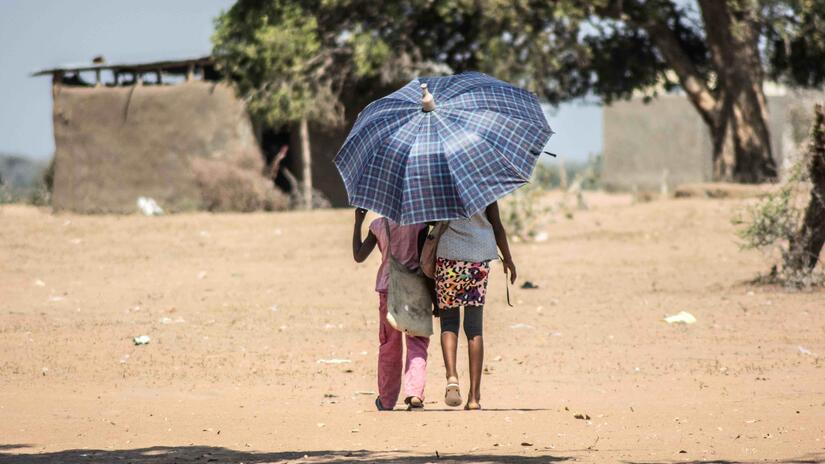
A study has highlighted the escalating risks climate change and biodiversity loss pose to children’s health worldwide. The review paper, published in the journal Nature, synthesised existing literature to demonstrate how biodiversity loss accelerates the health impacts of a warming planet, with wide-ranging implications for paediatric health.
Biodiversity has declined dramatically, with monitored wildlife populations decreasing by 69 per cent globally since 1970, the paper stated. This loss has profound effects on climate dynamics, which, in turn, disproportionately affect children.
The review identified multiple pathways through which biodiversity loss impacts children’s health, including the reduction of microbial diversity, diminished green spaces and increased vulnerability to heatwaves, flooding, vector-borne diseases and air pollution.
Microbial diversity — the variety of microorganisms like bacteria and fungi in ecosystems — has been linked to immune regulation by previous studies. Exposure to diverse microbes benefits children’s immune systems, reducing the prevalence of allergies and inflammatory disorders. However, biodiversity loss undermines this protective mechanism, the review stated.
Access to green spaces has been strongly associated with improved mental health and cognitive development in children. A systematic review of 296 studies found that nature contact benefits attention, mood and mental health, particularly in children with conditions such as attention-deficit/hyperactivity disorder and anxiety. Moreover, proximity to green spaces can enhance respiratory health by reducing wheezing and bronchitis.
Conversely, the absence of parks or green spaces has been linked to higher rates of obesity, physical inactivity and inadequate sleep in children, the review pointed out.
Heatwaves and flooding, intensified by climate change, pose significant risks to children. According to UNICEF, 820 million children are highly exposed to heatwaves, which increase the likelihood of heat stroke, dehydration and learning difficulties. The impacts of extreme heat can even begin before birth, with higher rates of preterm births and low birthweights reported.
Flooding further exacerbates health risks, with 240 million children globally exposed to coastal flooding. Extreme weather events also heighten exposure to waterborne diseases and malnutrition.
A warming world has expanded the geographic reach of vector-borne diseases such as malaria and dengue, putting 600 million children at high risk. Children, whose immune systems are less developed than adults’, are particularly vulnerable to these infections.
Air pollution, closely linked to biodiversity loss, affects 2 billion children globally. It contributes to respiratory illnesses like asthma and is a leading cause of death for children under five. The World Health Organization (WHO) attributes 1.5 million child deaths annually to air and water pollution.
Biodiversity is crucial for medical innovation, with many modern medicines derived from natural sources, the paper stated. For instance, quinine, a treatment for malaria, originates from the South American cinchona tree.
Biodiversity loss threatens the availability of such resources, complicating efforts to combat diseases like malaria, which caused 597,000 deaths globally in 2023 — 76 per cent of which were among children under five in Africa.
The review underscored that biodiversity loss and climate change are not just environmental issues but also a child rights crisis. In August 2023, the United Nations Committee on the Rights of the Child reaffirmed children’s right to a clean, healthy and sustainable environment, urging immediate action to protect their future.




